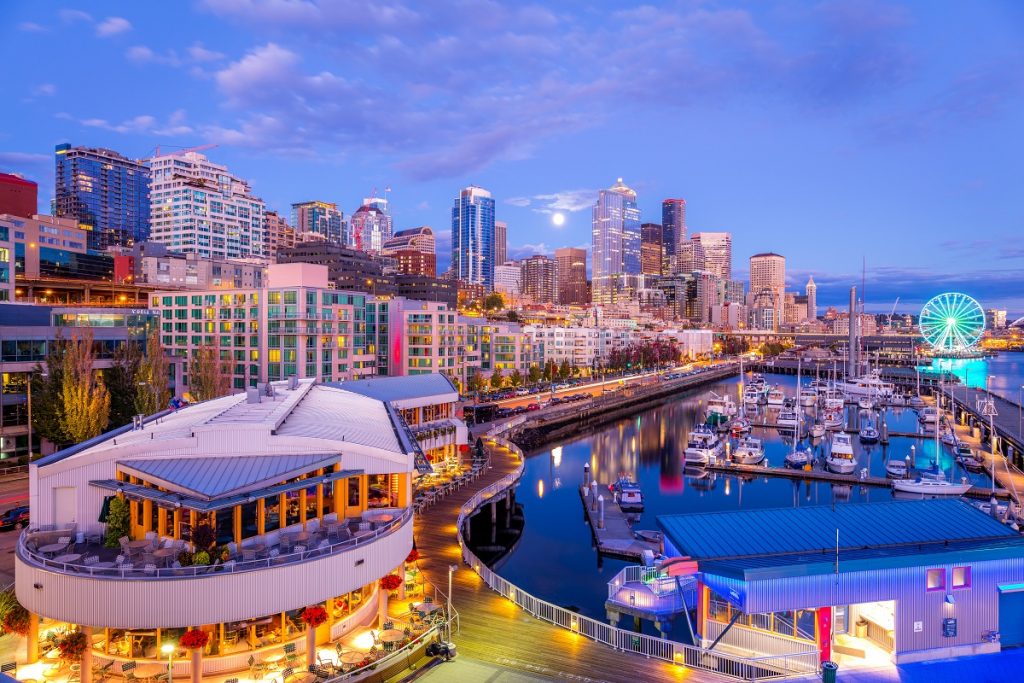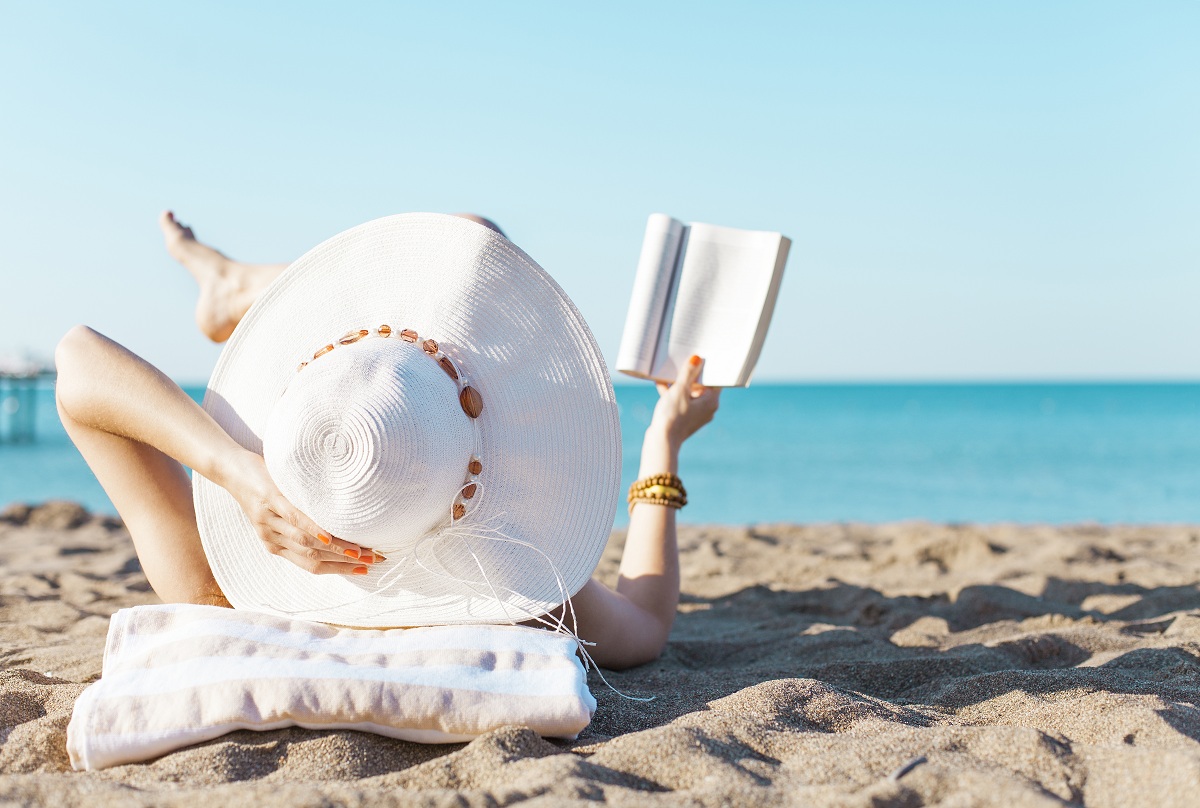The sun offers people so many benefits. Its radiant energy sustains human, animal, and plant life. It is a rich source of vitamin D, which is a crucial component in bone health and other biological processes that keep our bodies healthy. Sunshine is also an effective bacteria killer. Exposure to daylight rids an object or room of germs and bacteria.
It’s not all rainbows and unicorns where the sun is concerned, however. Frequent and extended sun exposure can increase the risk of skin cancer. Even if you don’t stay out too long, ultraviolet (UV) exposure can still damage your skin, primarily by triggering premature aging.
Luckily, protecting ourselves from the sun’s undesirable effects isn’t rocket science. All you need is a reliable barrier between harmful UV rays and your skin. It could be an umbrella, sunblock lotion, or tinted windows. Some might argue that these don’t completely block UVA or UVB rays, but here’s the thing: any protection is better than no protection at all. Whether you are in deserts of Nevada or the valleys of Phoenix, car window tinting, for example, is good enough protection for your skin.
Dark Discussions: The Merits of Tinted Windows
A dark car window tint is more than just a dyed plastic sheet. It’s a film of nanotechnology that can protect you and your passengers from harmful infrared and UV rays. The dark rear and back windows of vehicles can block up to 60 percent of UVA rays, reports the Skin Cancer Foundation. Imagine how much sunscreen you’ll save by dark-tinting your car windows!
Window tints, however, are not all created equal. When visiting your trusted automotive shop, check how dark can you go without violating your state’s policies. Be wary of metallic tints, though; they are good at reflecting heat energy away from your car, but it can also do the same to cell phone signals.
Besides window tints, other items also become better UV blockers the darker their shade gets.
An Excuse to Wear Dark Clothing
Dark clothing is another option for UV protection. Sometimes it’s not enough to cover as much skin as possible; you also need to wear the right colors. An early study by the American Chemical Society has proven that dark colors, like deep red and blue, offer more sun protection than the lighter shades, like white or yellow. This is because dark fabrics absorb more UV light than light-colored ones.
Wait for Nightfall

Want to keep your exposure to the sun to a bare minimum? Avoid staying outdoors between 10:00 AM and 4:00 PM when the sun is at its peak. If stepping out can’t be avoided, make sure to walk under a shade. Better yet, take out your umbrella, baseball cap, or wide-brimmed hat. Along with sunglasses, it will protect your face and eyes from the harmful UV rays. Avoid shaded areas with exposed water, snow, sand, and reflective objects nearby, too. The heat from the sun will bounce off these surfaces, and if you’re in the way, you’ll get a large dose of UV.
Note that these three are not enough to shield your skin from the sun, but a combination of these and other methods can give you optimal defense from the sun.




